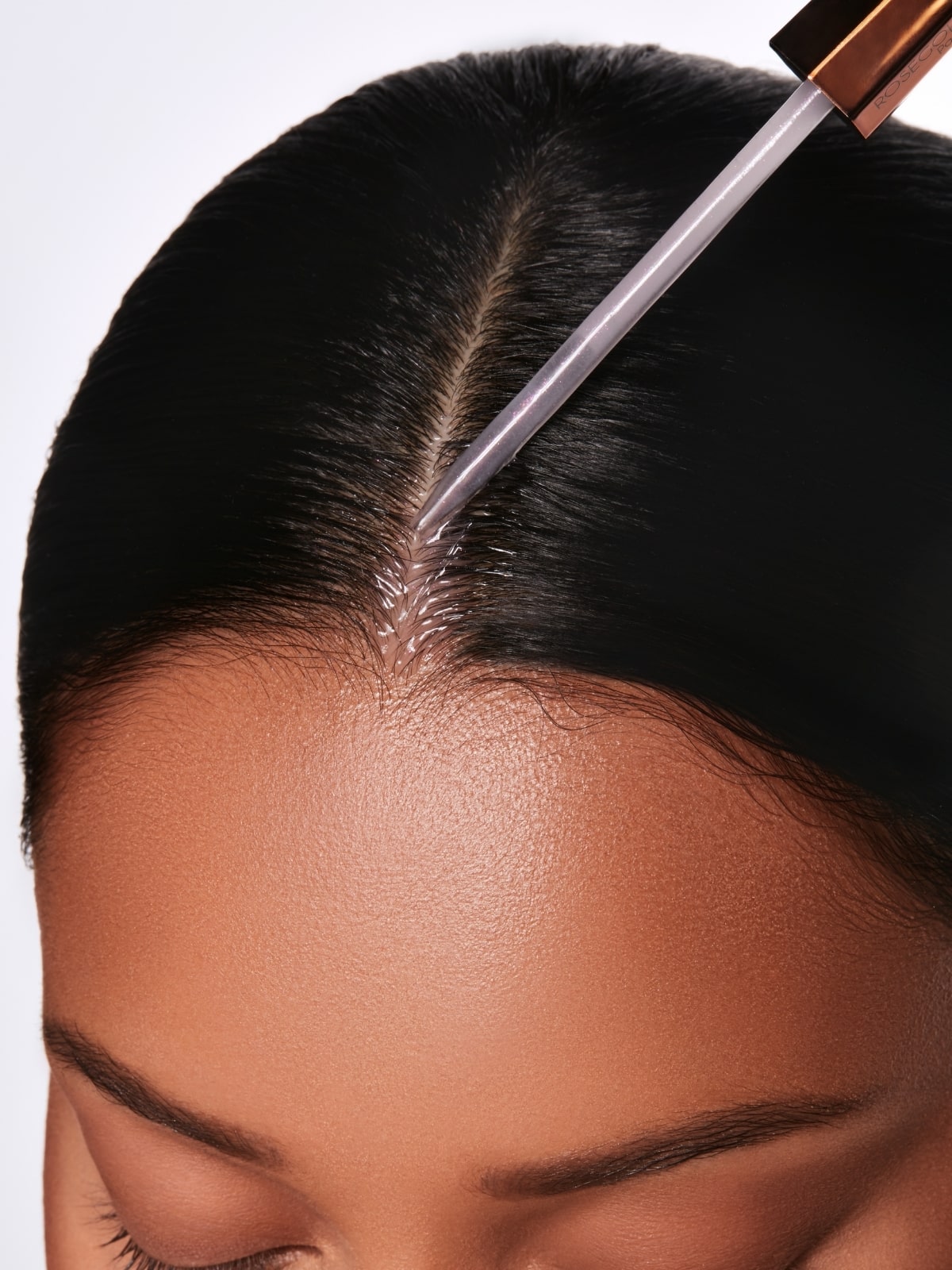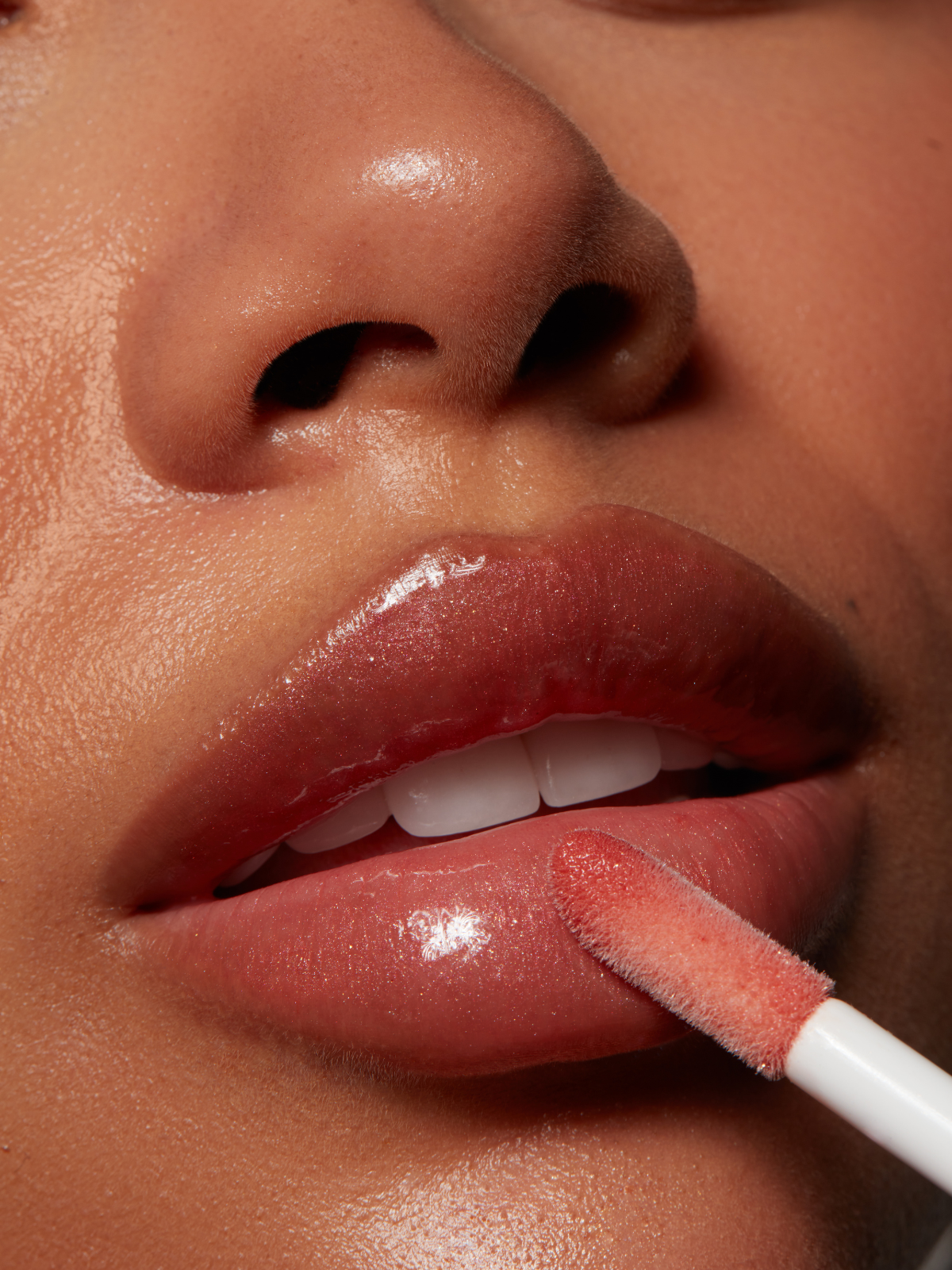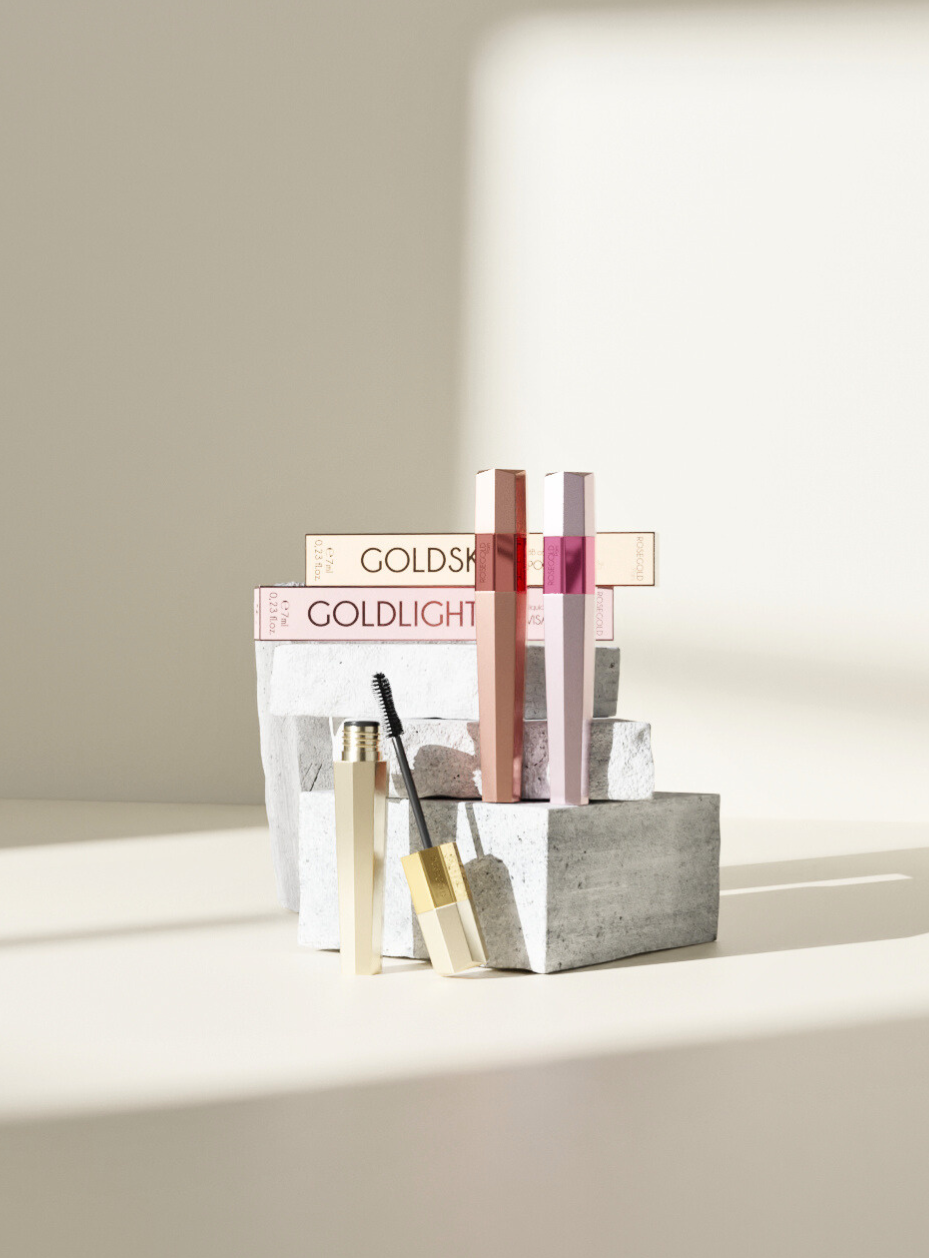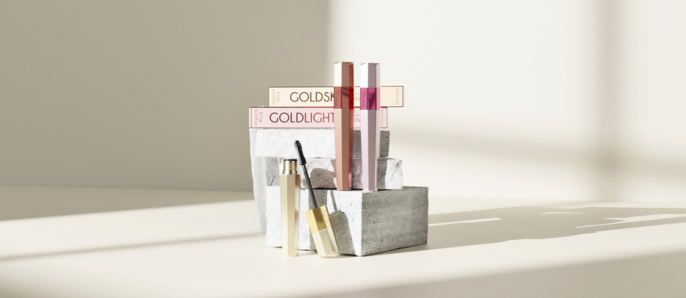Everything you need to know to repair devitalized hair
Everything you need to know to repair devitalized hair
Coralie Techer
The hazards of life quickly damage our hair. Stress, pollution, bleaching, blow-drying and the use of chemicals are an explosive cocktail for our manes! In order to give them back all the beauty they deserve, we give you our good advice.
Understanding the condition of your devitalized hair
Devitalized, sensitized and damaged hair is usually visible at first glance. To spot strands lacking tone, simply note their lack of shine but also their dryness, their sensitivity (they break easily), and split ends! Does your mane have all these points? No doubt, they need a real boost.
But how does this result come about? It is not uncommon for this kind of situation to appear at the end of summer, after long weeks of vacation spent at the beach or wandering around in the sun. Of course, when we are relaxing, we don't think much about taking care of our hair, and it suffers as a result!
Another recurring factor of devitalized hair. Our lifestyle. We already know that everything we ingest ends up being seen (positively or negatively) on our physique. Hair lacking tone can result from an unbalanced diet, harsh drying of the hair, repeated blow-drying (with straightening irons), repeated coloring and bleaching, a lack of hydration and care in general.
More internally, the lack of vitality of the hair can also come from a problem of fatigue, metabolic disorders or deficiencies. In this case it is preferable to consult a specialist in order to be guided towards the best possible treatment!
What are the right actions to take to remedy this ?
If devitalized hair is the result of an unsuitable lifestyle, then reversing the trend can be easy! All you need to do is adopt the right actions:
- Avoid drying with hot air . We prefer drying with cold air, even if it takes longer, we ensure our hair a delicate and respectful drying. Why? Heat is known to damage the hair cuticles by drastically eliminating the water and therefore the hydration it contains. It can also cause complications for the scalp, irritation, redness and even blisters! This last point only happens very rarely, but it is better to take precautions.
- Avoid tight buns or ponytails . Sure, a well-smoothed bun or ponytail always looks good, but it's our hair that appreciates this practice less and breaks it! If we want to tie our hair up, we prefer looser hairstyles, like a loose bun or a looser ponytail. Braids and plaits are also more pleasant when they become a little more flexible. Not to mention that a hairstyle that's too tight can also cause a headache! Why hurt yourself?
- Trim your hair regularly . Long hair is beautiful, but what's the point of keeping it long if it's dry, brittle and flat? Trimming your hair regularly is essential to boost hair growth and give it a well-deserved boost. Of course, we're not saying to go all out and let fifteen centimetres of your beloved hair fall out, but a little trim of the ends every three months can only be beneficial for your hair!
- Avoid straightening irons 7/7 days . In recent years, the trend for straight hair has really exploded. We can no longer count the accumulation of straightening irons per household... Although straight hair is easier to maintain, on hair that is usually curly or frizzy, the straightening iron sometimes causes irreparable damage! The heat of the plates opens the scales of the strand and results in brittle hair... It is better to accept your true nature and straighten your hair occasionally.
- Protect your hair from the sun . In summer, it is not uncommon for our hair to also suffer from the sun. To avoid dryness, apply a hair mist (natural if possible) every day and whenever necessary, which will rehydrate the strands throughout the day!
- Use a suitable routine . We can never say it enough but hair needs to be nourished naturally! We avoid aggressive shampoos as much as possible and turn to neutral and natural formulations. At the moment the trend is towards solid shampoos formulated with plants and essential oils. An excellent combo to take care of your locks. We favor vegetable oils when applying masks and avoid sprays of all kinds which will mainly dry out the hair...
- Space out your shampoos. Washing your hair every day can be tempting, especially in summer after a day of sweating, walking in the woods or wandering along the coast! However, you should stick to two or three shampoos per week... Repeated washing attacks the scalp, which has the effect of slowing down hair growth and, above all, making it much less strong! If you really can't afford to go out with greasy roots, a little dab of dry shampoo there and you're done.
Discover our serums
Natural ideas for taking care of your hair
There are many natural routines and recipes for taking care of your hair and we often already have everything we need in our cupboards to take care of it.
- Flaxseed gel for shiny and hydrated hair. Flaxseed gel is obtained by boiling a handful of brown or blond flax seeds in about 195 ml of water. Let it boil for about 4 to 5 minutes. Once the time has elapsed, squeeze the seeds in a coffee filter to recover the gel! The gel is ready to be used as a hair mask. It can be stored in a jar for up to two weeks. Apply up to three times a week if needed.
- Olive oil for nourishing hair. Olive oil is known for its multiple virtues on our health but also for our beauty. By definition, all vegetable oils are rich in fatty acids and are therefore excellent for nourishing the hair fiber. Where olive oil makes the difference is that it is rich in polyphenols, organic molecules with various benefits, including slowing down cellular degradation! An olive oil mask per week should delight the most rebellious locks.
- White vinegar to boost tired hair . Unusual and yet so effective! The acidity of the vinegar will simply clean the hair of all the harmful substances it can accumulate (especially limescale from the water). A cup of white vinegar in your rinse water after shampooing works wonders. For greater effectiveness, it is recommended to let the rinse water sit for about an hour, then clean it with lukewarm water.



















